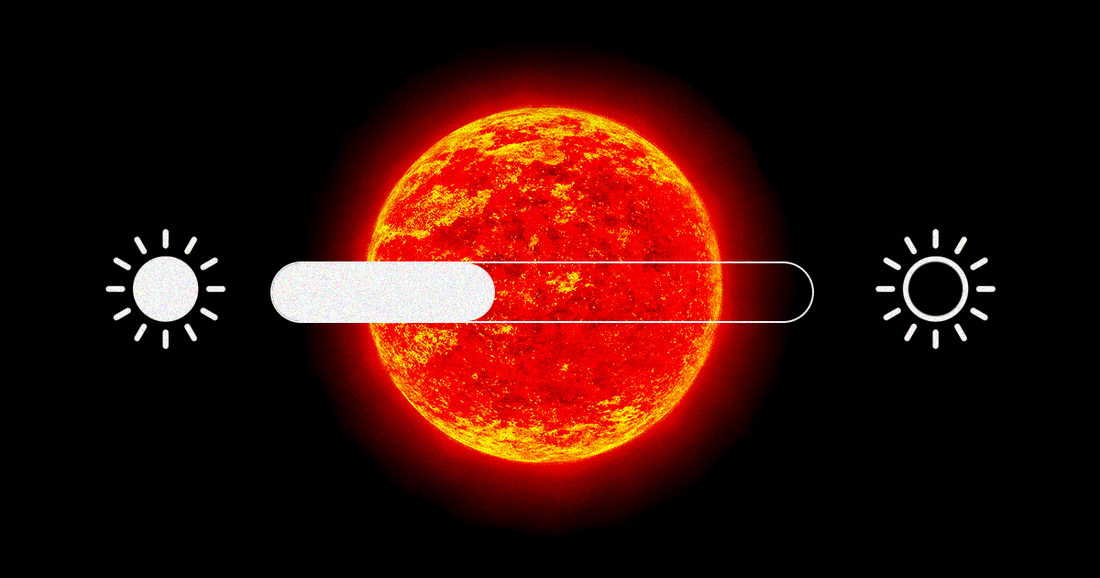
Could Dimming The Sun Solve Climate Crisis?
Share
As we hurtle towards a perilous 1.5°C warming milestone in the mid-2030s, traditional climate policies seem insufficient. The grave threat of a 2.5°C temperature surge by century-end looms large. In the face of such adversity, a radical proposal emerges: mimicking the cooling aftermath of volcanic eruptions by artificially dimming the Sun.
Following eruptions like Tambora in 1815 and Pinatubo in 1991, a temporary atmospheric haze led to global temperature dips. Could replicating this phenomenon combat climate change? Greenhouse gases, primarily CO₂, trap Earth's heat, contributing to warming. The proposal suggests countering this effect by creating a sustained, artificial haze. Remarkably, research posits that dimming the Sun by a mere 1% could cool the planet by 1°C.
Executing this plan might involve a fleet of high-flying jets releasing reflective particles into the upper atmosphere. While this solution won't perfectly reverse climate change, it offers a worldwide cooling effect, addressing the Sun's strongest warming impacts.

Why Dim the Sun?
-
Reducing Climate Risks: Adjusting particle release locations could mitigate climate risks globally, averting the adverse impacts of rising temperatures on ecosystems and vulnerable communities.
-
Biodiversity and Human Safety: Extreme temperatures force species migration, leading to potential extinctions. Dimming the Sun might stabilize temperatures, safeguarding biodiversity and human safety.
-
Managing Water Extremes: Addressing dry regions becoming drier and wet regions wetter due to warming, the artificial haze could help manage water extremes, reducing droughts and floods.
-
Preserving Polar Ice: Dimming the Sun might counteract rising temperatures causing the accelerated melting of Antarctic and Greenland ice sheets, thereby curbing sea-level rise.
The Trade-Offs
While dimming the Sun offers relief, it doesn't tackle the root cause: escalating CO₂ levels. Some side effects include a whiter sky and potential impact on the ozone layer if sulphate particles are released. These concerns, however, pale in comparison to the devastating impacts of unchecked climate change.
Noted Nobel laureate Paul Crutzen suggested considering Sun dimming in 2006, acknowledging its challenges but stressing the urgency of curbing CO₂ emissions. Sadly, emission reduction progress has been insufficient since then, necessitating a closer examination of unconventional solutions.
In light of the worsening climate crisis, it's essential to explore all viable options. While dimming the Sun is not a panacea, it might offer a valuable tool in our arsenal against the symptoms of climate change. As countries grapple with emissions reduction, innovative solutions, no matter how unconventional, warrant serious consideration.
You’ve come this far…
Why not venture a little further into A.S.S. - our exclusive Australian Space Society.
And keep thrusting Australia into the deep unknown…
#Space_Aus




